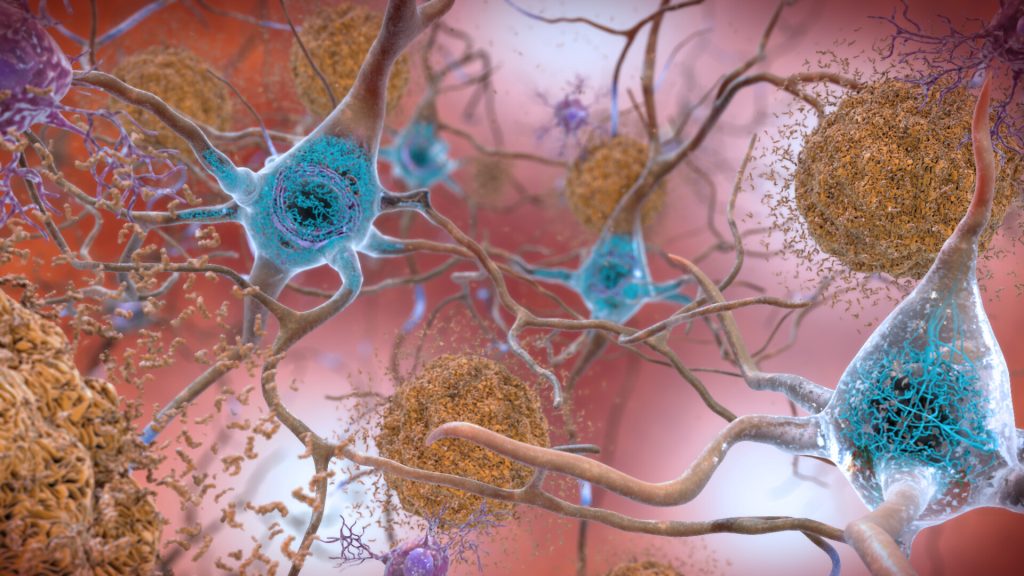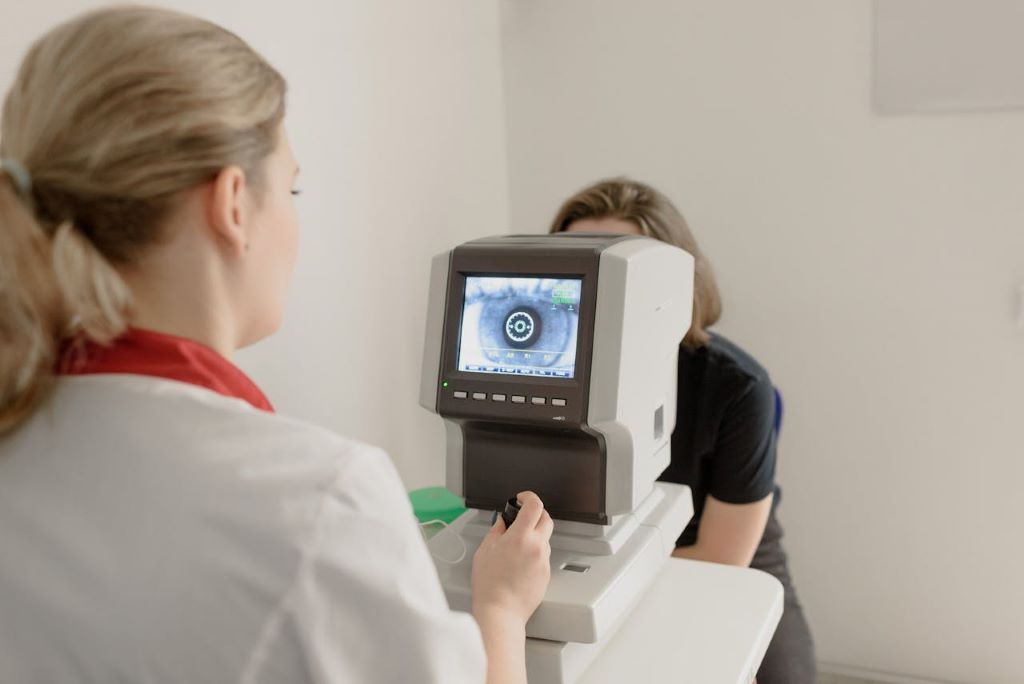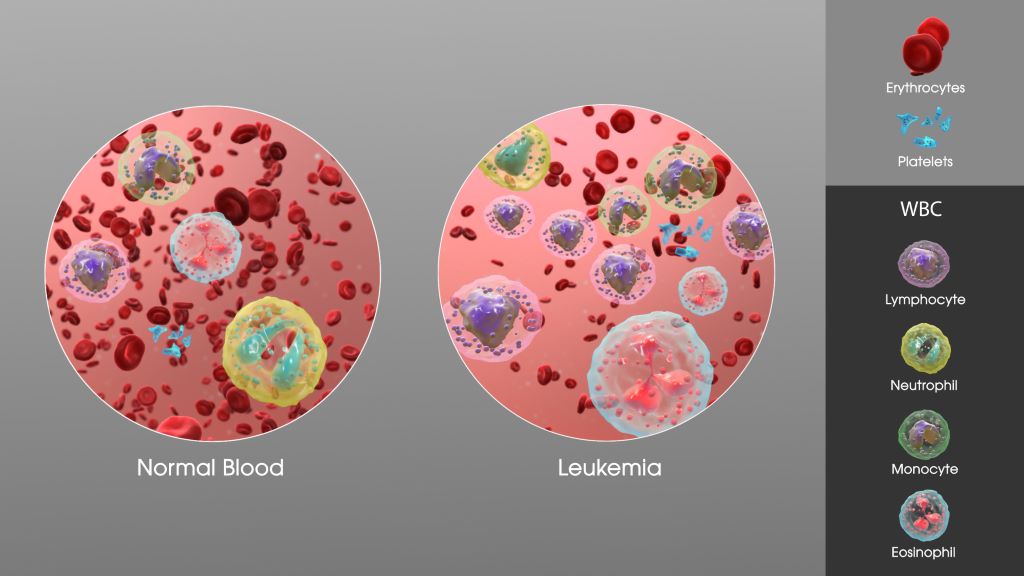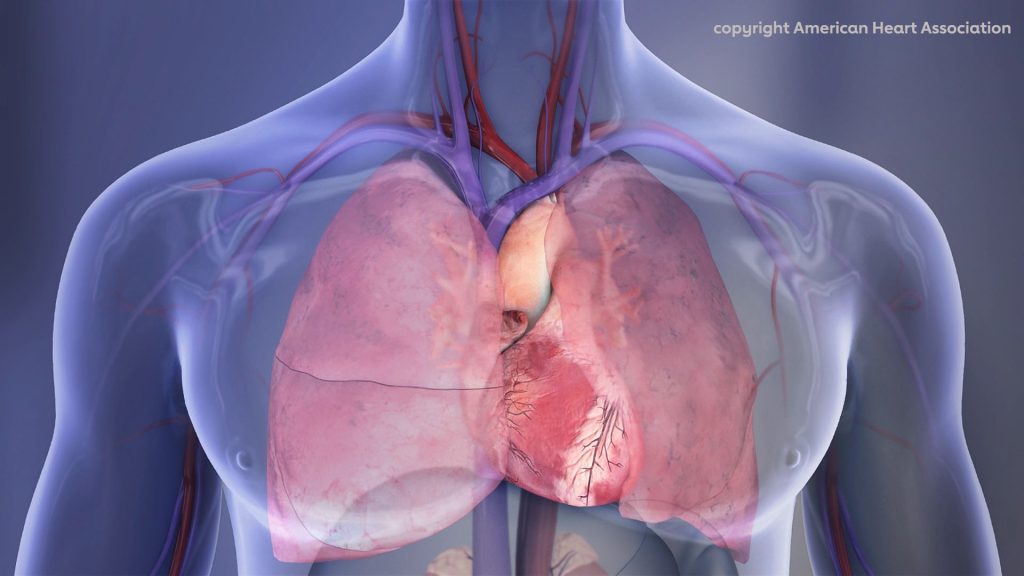Foreign Cuts Force South Africa to Rethink Healthcare with Local Solutions

Johannesburg, 15 May 2025 – South Africa’s healthcare sector faces mounting pressure as international funding withdrawals threaten critical research and services.
Without the financial support, medical advancements are being jeopardised and access to care for vulnerable communities is limited.
With leading universities bracing for losses exceeding R800 million annually, experts warn of setbacks in disease treatment and public health initiatives. As foreign aid recedes, South Africa must look inward for sustainable solutions to safeguard its healthcare future.
At Adcock Ingram Critical Care (AICC), newly appointed Operations Executive Lucelle Iyer is part of a new wave of industry leaders focused on local solutions. Rather than relying on global models, she is driving efforts to strengthen domestic production and innovation. As public health programmes face uncertainty, the role of private-sector initiatives in sustaining healthcare access is becoming increasingly critical.
South Africa’s ability to bridge healthcare gaps and extend services to underserved communities increasingly depends on local innovation and resourcefulness. As AICC expands its investment in modernising plants and developing local talent through 2025, its initiatives could serve as a model for sustainable pharmaceutical manufacturing in South Africa and potentially across the continent. By focusing on innovation and homegrown expertise, the company is contributing to the broader effort to strengthen self-sufficiency in African healthcare.
The push towards localisation addresses the country’s significant dependence on imported pharmaceutical products and active pharmaceutical ingredients (APIs). In 2024, pharmaceutical imports to South Africa were valued at approximately $2.42 billion USD.1 Even though more than 60% of pharmaceutical products sold in South Africa are formulated locally, approximately 98% of APIs2 used in local formulation are imported.
This reliance exposes the healthcare system to risks like exchange rate fluctuations and supply chain disruptions, highlighting the need for increased local production. “We’ve seen the impact of the fragility of local supply chains on our hospitals, especially in rural and under-resourced areas,” says Iyer. “South Africa needs a manufacturing base that is resilient, scalable, and locally relevant.”
Iyer’s leadership is shaped by a philosophy of resilience, innovation, and strategic execution. As the first woman to lead operations at AICC and one of the youngest professionals to hold such a pivotal role, she has broken barriers in a traditionally male-dominated industry. Her success is driven by a solutions-focused mindset, tackling challenges with a commitment to progress and impact.
Building a future-proof pharma ecosystem
The shift to a local-first strategy is part of a broader sector-wide call for policy support and investment into the domestic pharmaceutical value chain. Experts argue that localisation is not only a health security imperative, but an economic opportunity — capable of generating skilled jobs and retaining healthcare spending within national borders.
“Pharma manufacturing has long been seen as too complex or too costly for the local context,” says Iyer. “But technology has changed that. Smart factories, digital quality control, and automation can make local production competitive.”
AICC’s comprehensive strategy includes:
- Digitisation of production and regulatory compliance systems
- Building local expertise in pharmacy, engineering, and biotechnology
- Collaboration with stakeholders to streamline regulatory frameworks
- Incorporating sustainability and circular economy principles into packaging and plastics manufacturing
Leveraging compliance for competitive advantage
AICC also challenges the common perception that regulatory compliance limits innovation. Instead, the company integrates compliance strategically into its digital transformation, embedding quality assurance and regulatory preparedness from the outset.
“When systems are designed with compliance in mind from the beginning, it greatly reduces rework and crisis management, turning quality into a driver of efficiency,” says Iyer, who brings extensive experience in regulatory affairs, quality management, and pharmaco-economics to her role.
A pivotal moment for the industry
South Africa’s pharmaceutical sector stands at a crossroads, with the potential to become a regional hub for essential medicines, medical devices, and biosimilars. Realising this ambition, however, hinges on coordinated efforts across public, private, and academic sectors to drive innovation, expand capacity, and ensure long-term sustainability.
“Our goal isn’t to replicate models from Europe or the US,” says Iyer. “It’s about creating a pharmaceutical ecosystem designed specifically for our unique needs – efficient, ethical, and sustainable.”
References:
1. Trading Economics. South Africa Imports of Pharmaceutical Products. April 2025. Available from: https://tradingeconomics.com/south-africa/imports/pharmaceutical-products
2. The Department of Trade Industry and Competition. API Development and Manufacturing https://www.thedtic.gov.za/wp-content/uploads/Opinion-Piece-API-Development-and-Manufacturing.pdf





